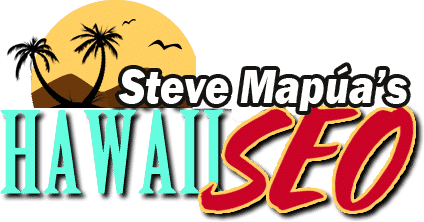Hawaii Website Design – All You Need to Know About Creative Commons
When you write blog posts, it is very essential to include images. Just make sure that the images are relevant to what your content is all about. However, you might not have the skills to take photographs yourself. So, the alternative to that is relying on the internet for relevant images (see: What Are Royalty-Free Images and Where to Get Them).
If you don’t want to rely on the internet, you can opt to take the images yourself. If you want to take the images personally but you don’t know much about photography yet, I suggest you read DIY Product Photography Tips and How to Have High-Quality Photos for Your Website.
In every post you put out on your website, there must be at least one image. This is because images speak a lot. However, if you use images taken from other sources, you need to learn about Creative Commons first. If you want to know more about it, read on.
What is Creative Commons?
In 2001, a group of people got together and created the Creative Commons (CC) framework. Content creators from all over the world were given several ways to license and protect their original works through Creative Commons. When we say works, it could pertain to images, videos, songs, and other creative pieces. Creative Commons offers an extensive number of license types that content creators can choose from when they publish their works.
If you want to know about each license type, here are the following licenses under Creative Commons:
- Attribution (CC BY): Anyone can share you work, as long as they credit you as the creator.
- Attribution-ShareAlike (CC BY-SA): Same as the previous license, with the added warning that the licensee also has to use the same CC license you did when they publish the original or modified work.
- Attribution-NoDerivs (CC BY-ND): Anyone can share your work, commercially or non-commercially, but they can’t modify it and they also have to give credits to you.
- Attribution-NonCommercial (CC BY-NC): Anyone can modify you work so long as they’re not making money from it. Aside from not using it commercially, they also have to credit you, but they do have the choice on what CC license they choose to use.
- Attribution-NonCommercial-ShareAlike (CC BY-NC-SA): This is the same as the previous license, but the difference is that the other party must also use the same CC license as you.
- Attribution-NonCommercial-NoDerivs (CC BY-NC-ND): This CC license is almost exactly like a traditional copyright. A person may download and share your works, only if they give credits to you. Also, they must not modify anything or use it for commercial purposes.
Now that you know what is Creative Commons, make sure you look for works which are filled under creative commons licenses. If you are asked to give proper credit or attribution, do so. You must also have consent of the original owner of the creative piece if you are planning to use it for commercial purposes. Without obtaining the owner’s consent, it means you are using their work illegally and you may face legal issues.

